In the last post, I showed you images that resulted from scanning 4×5 TMax 100 negatives with a Nikon Z7 in this setup:
The results were good enough for excellent 17×22 inch prints, but there was more in the negative than the camera could resolve, which we saw by loking at better-quality scans using the GFX 100S.
Using GigaPixel AI for upscaling showed unacceptable artifacts. But that gave me an idea. What If I use the Enhance Details demosaicing method of Lightroom in the mode that results in doubling the resolution of the file?
Here’s the test scene:
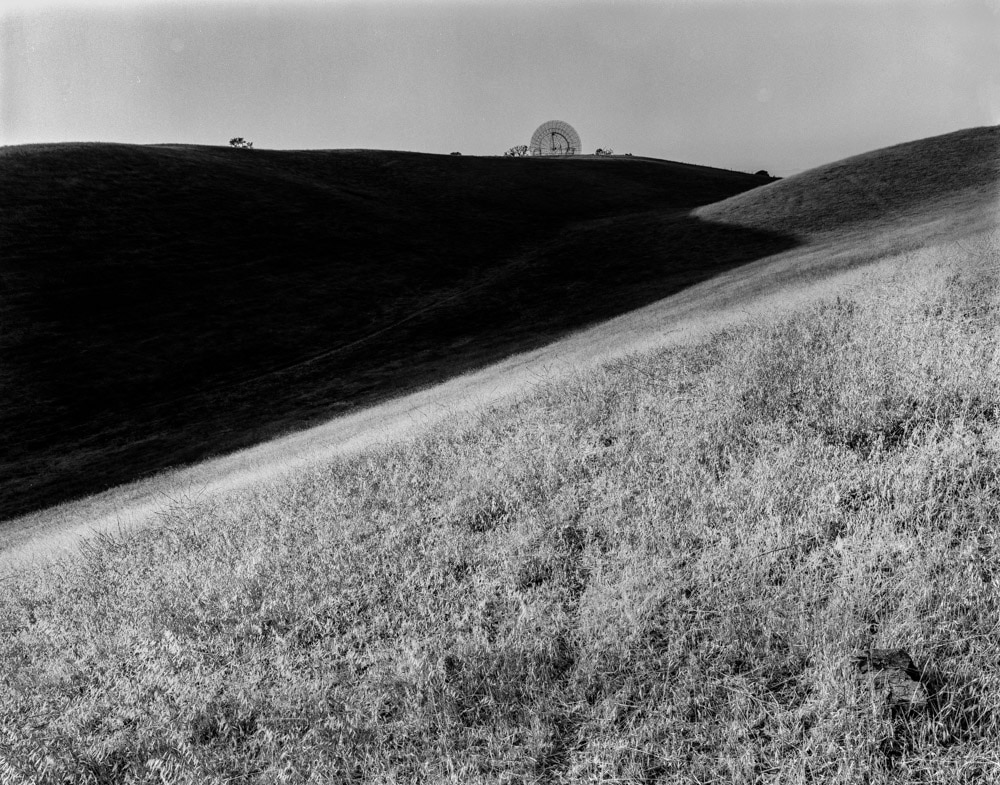
Here’s a crop of the Super Resolution image scaled up to 19710 pixels wide, and magnified to 140% for the web:
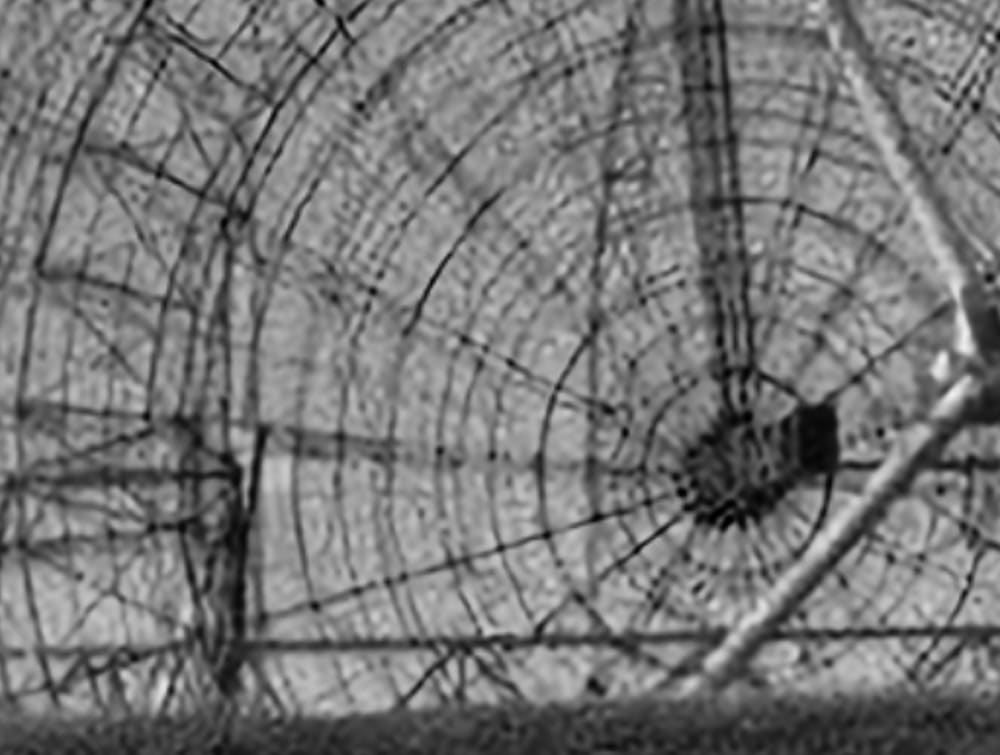
Here’s the same view with noral Lightroom demosaicing:
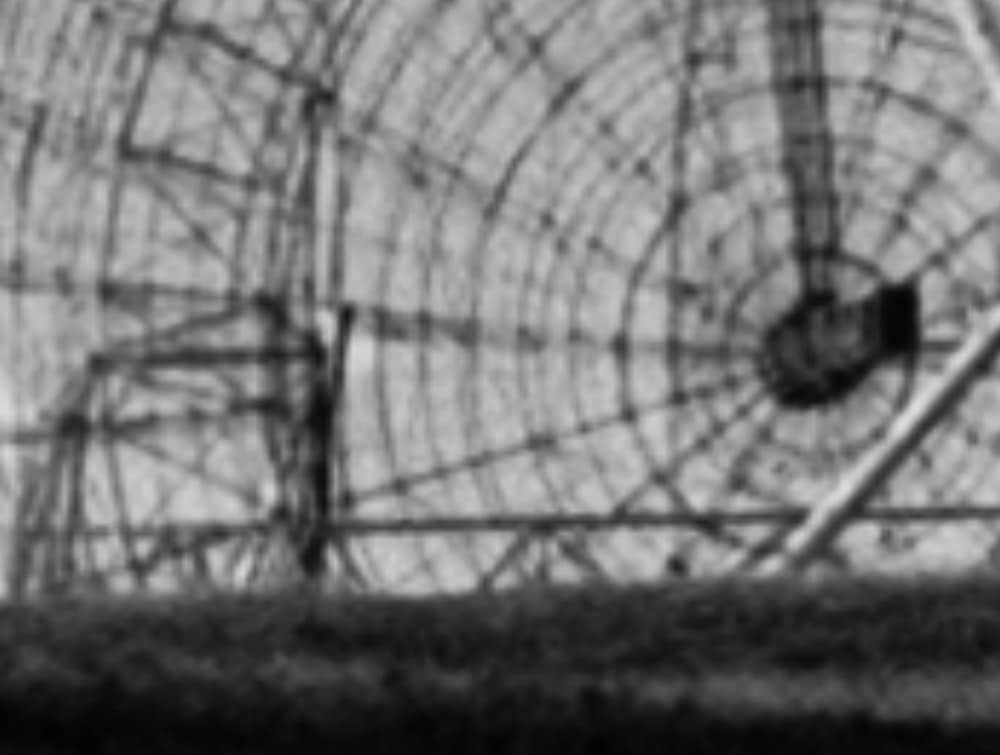
And here’s what you get with normal demos acing and the GFX 100S
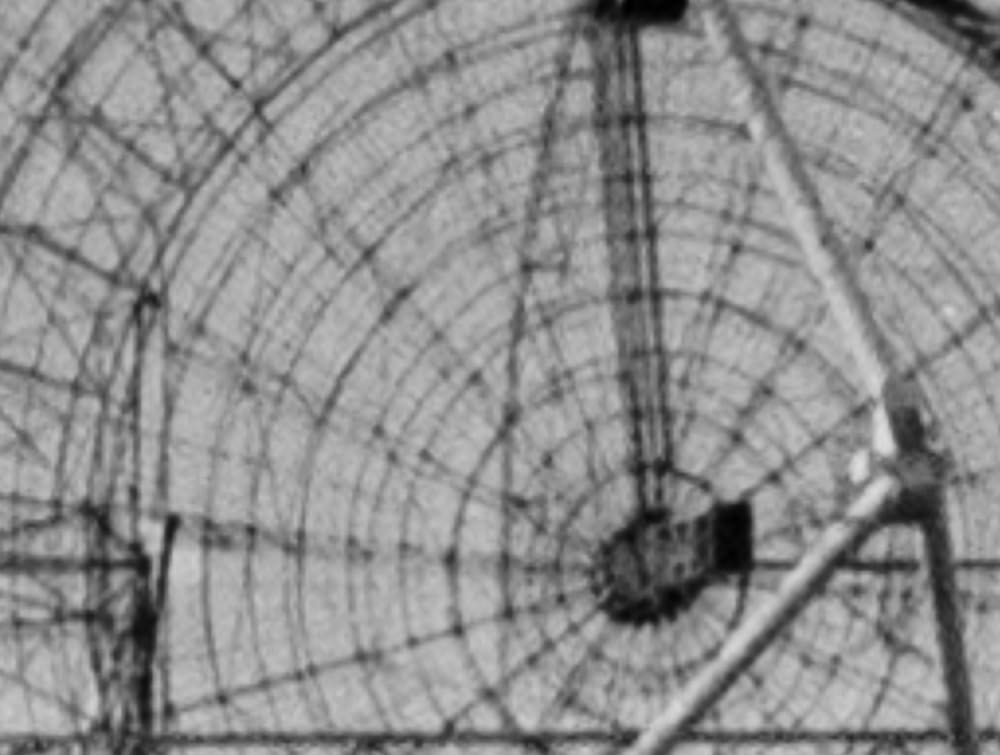
It’s hard to judge because Enhance Details SUper Resolution sharpens so aggressively, but the results appear to ba an improvement over the regularly demosaiced Z7 image, but not as natural as the GFX 100S image.
Here’s another section of the image, at 100% magnification from the 19710-pixel-wide images.
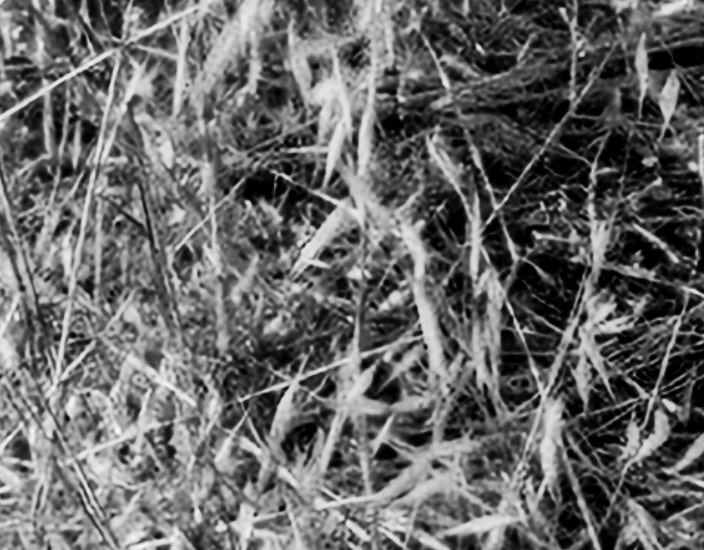
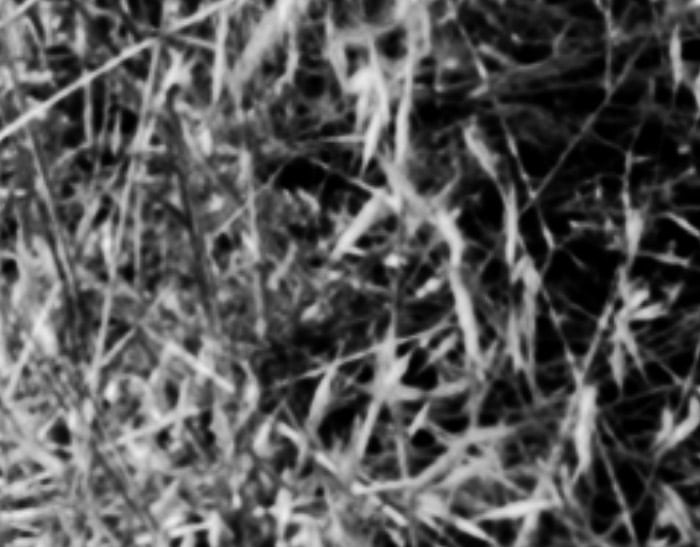
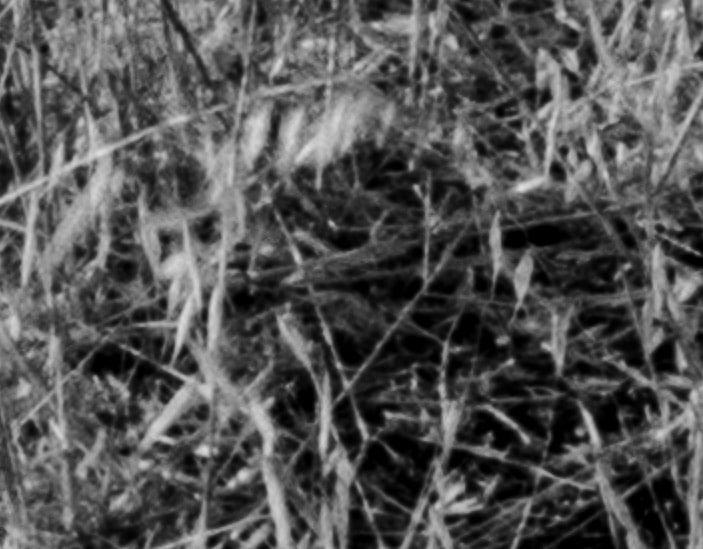
There is still some unnaturalness in the Super Resolution Z7 image, but I don’t think you’d see it unless the print was fairly large. I’ll do some testing.
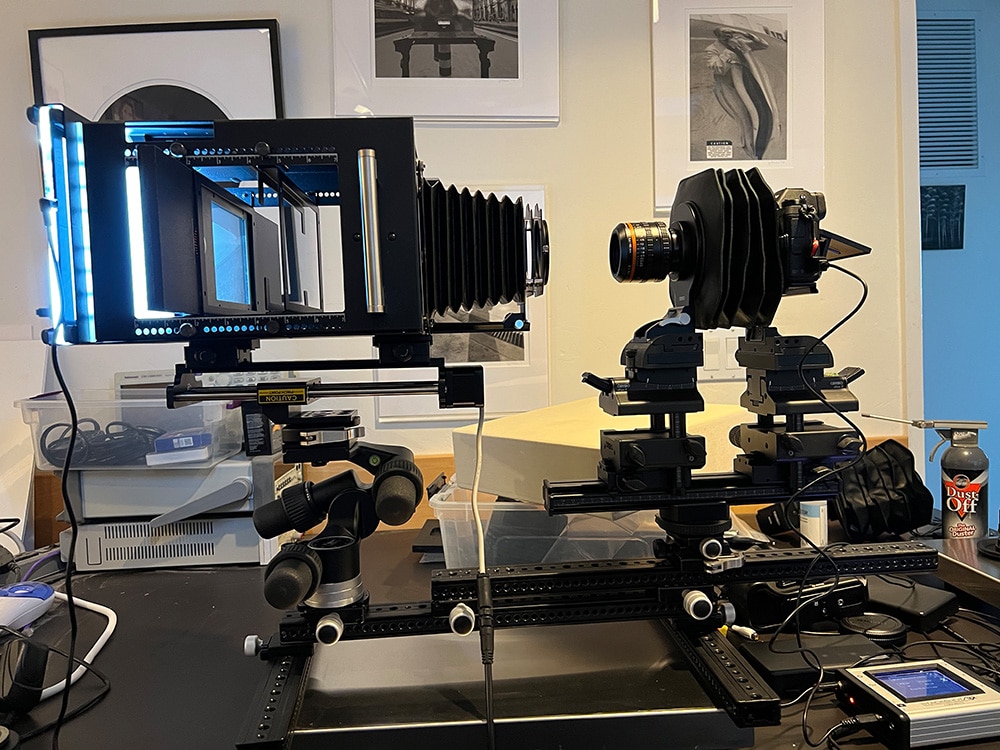
Fred D says
Jim,
Is it just me, do you not find the “Enhance Details Super Resolution” of the Adobe software to be infuriating (and unacceptable)? From your examples, some areas look great, but other nearby areas of the same photo look like someone dripped water droplets onto an inkjet print made with water-soluble ink.
In other matters:
You’ve digitized 4×5 inch and 6×6 cm film with your 100s, and I’m impressed with the results. Any plans to try digitizing full-frame 35mm film with your setup? Obviously, to do that with the Fuji GFX 100s, you’d need a lens that does greater than 1:1 magnification and works well doing so, or reverse mounting of one that only goes down to 1:1.
JimK says
For this project I do consider the super resolution results inferior to even a straight shot. You won’t see the artifacts in smaller prints, but they are a big issue.
JimK says
I will be digitizing some 35 mm negs. The HR Digaron I’m using goes to 3:1.